What It Looks Like to Eat Vegetables With Every Meal
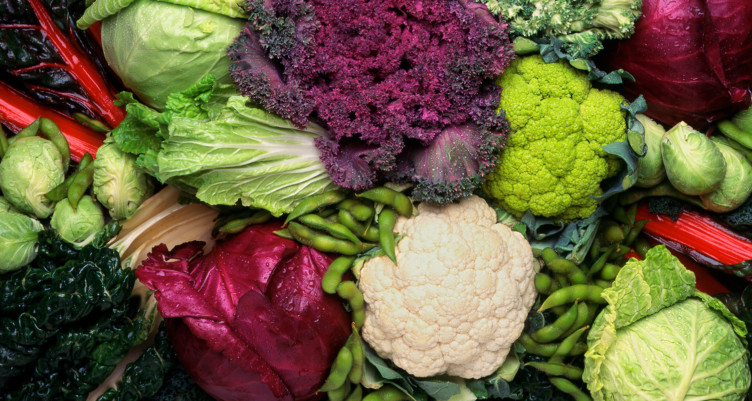
- Why are vegetables good for you? They’re packed with essential nutrients and fiber. You know you should eat them — but it isn’t always easy.
- With a few simple tips, you can up your veggie intake and make them taste delicious. You’ll get more inventive in the kitchen, support your digestion and feel awesome, all thanks to greens.
- Check out four sample days of eating that show you how to eat vegetables all day long, no matter what diet you follow.
Unless you dream of greens, it can be tough to eat enough vegetables every day. You know they’re good for you: Veggies are packed with essential nutrients that support your entire body, plus fiber to support regular digestion. The problem is vegetables aren’t easy. They have to be cleaned, prepped and usually cooked, so getting them into your diet requires some planning.
If you’re wondering how to eat more vegetables, we’ve got you covered. Below, you’ll find a list of tips to become a vegetable connoisseur, plus Bulletproof recipes that make it easy to get enough fiber (and flavor) with every meal. Let’s get that green.
5 easy ways to eat more vegetables
1. Cook what you actually like
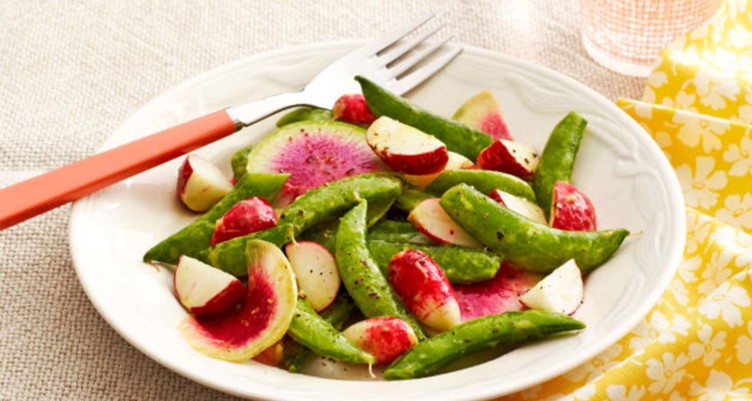
So, how do you eat more vegetables if you don’t like them? If you grew up eating boiled brussels sprouts and raw veggie trays, you might not know that vegetables can and should taste delicious.
When roasted or baked, broccoli and sweet potatoes release their natural sweetness. When you saute zucchini in ghee, it imparts a deliciously buttery flavor. The texture of properly steamed carrots is tender, not mushy.
Recognize that different cooking methods will yield different flavors and textures. Experiment in the kitchen and find what you actually enjoy. For instance, you might not like the texture of steamed butternut squash, but when it’s roasted and blended with coconut milk, ghee and chicken stock, it becomes a velvety Roasted Butternut Squash Soup.
2. Clean, prep and cook your vegetables ahead of time
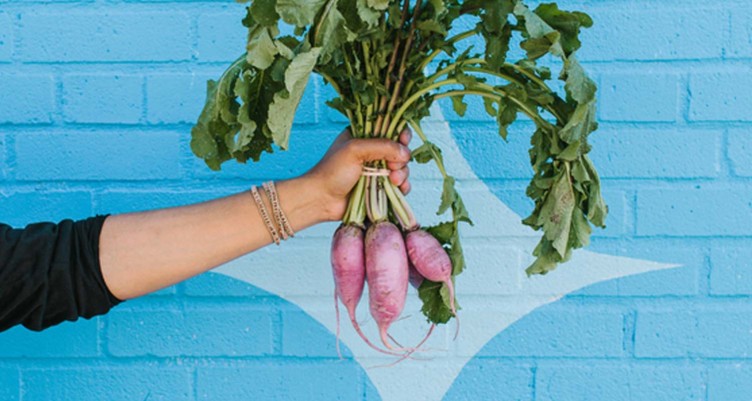
You aren’t going to eat a container of organic spinach if it sits in the back of your crisper all week. Keep your vegetables at eye-level in your fridge so you know what needs to be cooked.
Take this step to the next level by cleaning, prepping and cooking your produce at the beginning of the week. That way, all you have to do is grab and go, and you already have a base or side for meals. Here are some ideas:
- Slice carrots, cucumbers and bell peppers into matchsticks for quick snacks
- Roast a batch of hardy vegetables, like broccoli, beets and brussels sprouts, so you always have a serving of flavorful greens handy
- Clean and chop lettuce to throw into salads (and use these tips to keep it fresher, longer)
- Use a spiralizer to turn zucchini and sweet potatoes into veggie noodles, then make exciting dinners like Keto Shrimp Scampi (just 20 minutes!) and Paleo Sweet Potato Noodles with Thai Meatballs (so flavorful!)
- Prep a flavorful dip for crudités like this Easy Keto Guacamole made with MCT oil.
3. Swap and add vegetables in your favorite meals
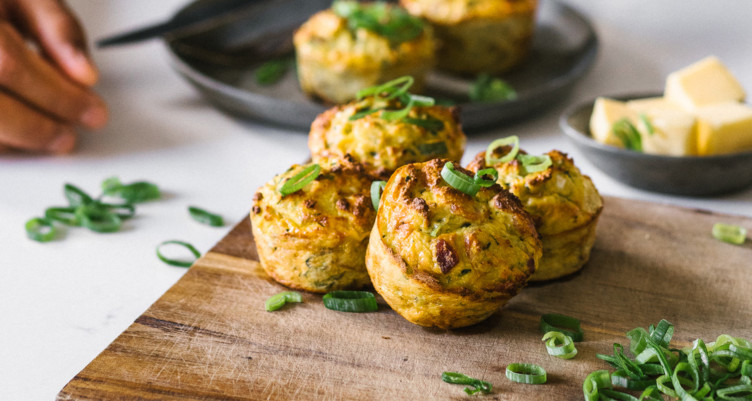
You might have heard of people wrapping their burgers in lettuce wraps and using cauliflower to make everything from pizza crust to oatmeal. This isn’t just a lower-carb way to eat — it’s a great tip to boost your veggie intake throughout the day.
Use lettuce cups instead of tortillas, like these Low-Carb Cabbage Dumpling Wraps. If you’re cool with nightshades, add diced bell peppers and onions to your morning scramble. Neutral-flavored vegetables can bulk up your favorite meals, like the cauliflower in this Paleo Pumpkin Oatmeal. Still craving something bready? This Cauliflower Bread recipe is a delicious base for eggs, avocado or pizza toppings.
4. Use frozen vegetables
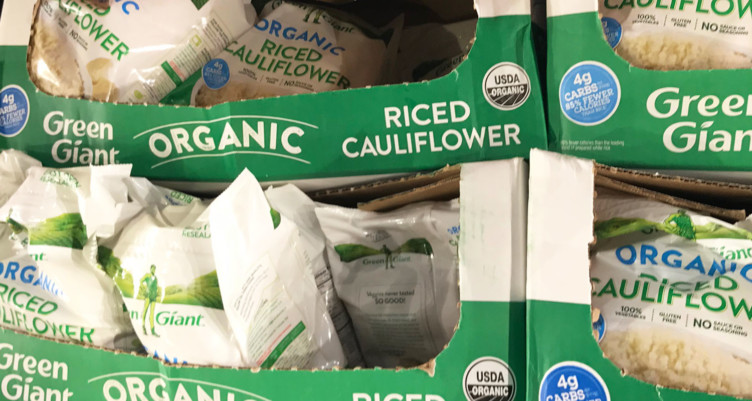
If you’re tired of wilted spinach and soggy zucchini, it’s time to embrace the convenience of frozen vegetables. Frozen vegetables make it easy to have fresh, organic produce on-hand at any time. They’re often picked at their peak and frozen right at the farm, so they’re just as delicious and nutrient-dense as their fresh counterparts — but they last way longer.
Stock up on your favorite frozen vegetables and use them just like you would any other vegetable. Steam frozen broccoli until it becomes tender and bright green, or bake frozen cauliflower florets on a sheet pan until they’re cooked to your liking. The best part? You can cook frozen vegetables without having to let them thaw. Check out this recipe for oven-roasted frozen broccoli.
5. Start your day with Greens
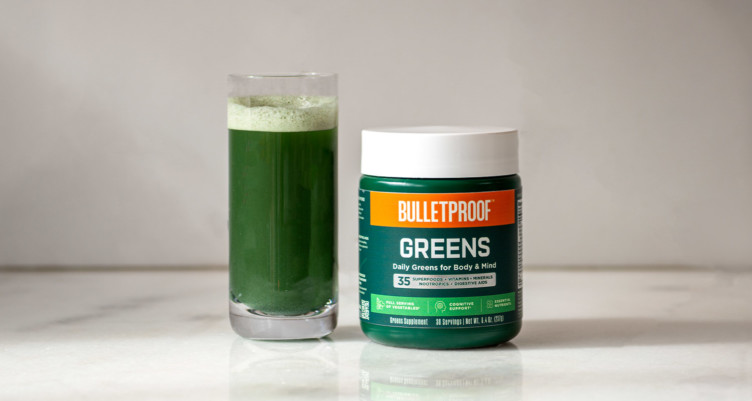
Vegetables aren’t just for dinner. Start your day with Bulletproof Greens, a simple-to-mix supplement powder that features 35 superfoods, as well as vitamins, minerals, digestive aids and probiotics. Additionally, Greens features nootropics for full body-and-mind support so you can get up and after the day.†
How to eat a vegetables with every meal: Sample full day of eating
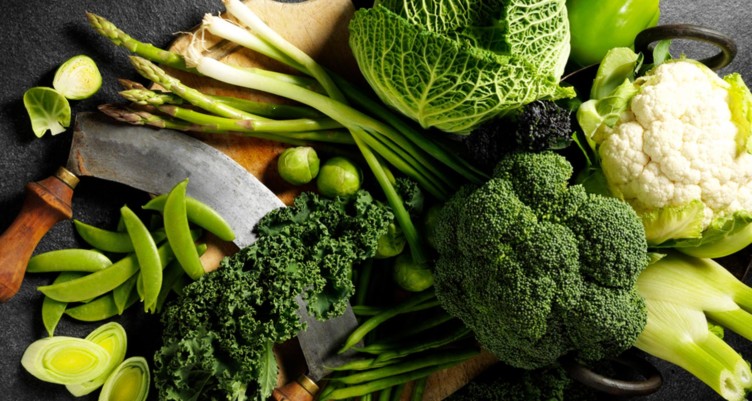
Here’s a full day of eating veggies all day long for different styles of eating, with links to delicious Bulletproof recipes. Hot tip: Stock your pantry with Bulletproof MCT oils and Grass-Fed Ghee to take your meals to the next level.
If you’re lower-carb:
- Breakfast: Keto Breakfast Tacos with Bacon and Guacamole
- Lunch: Keto Chopped Salad with Quick Creamy Dressing
- Dinner: Creamy Collagen, Cauliflower and Chicken Soup
- Dessert: Keto Chocolate Muffins
If you’re paleo:
- Breakfast: Mesquite Lime Sausage Breakfast Hash
- Lunch: Paleo Summer Buddha Bowl
- Dinner: Baked Salmon with Thyme-Ghee and Cucumber Noodles
- Dessert: Low-Carb Paleo Zucchini Donuts
If you’re eating clean:
- Breakfast: Keto Bacon and Zucchini Muffins
- Lunch: Broccoli Leek Protein Bowl with Salmon
- Dinner: Slow-Roasted Pork Belly with Seasonal Vegetables
- Dessert: Easy Blender Pumpkin Collagen Bread
If you’re intermittent fasting:
- Breakfast: Skip it, or start your morning with Bulletproof Coffee (get everything you need to make it with a Bulletproof Coffee Kit)
- Lunch: Carbonara Zoodles with Crispy Bacon and Sage
- Dinner: Cauliflower and Ribeye Steak Fajitas
- Dessert: Low-Carb Spiced Pumpkin Smoothie
Want to learn more about intermittent fasting? Check out the complete intermittent fasting guide for beginners.
Sign up for early access to sales, product launches, the latest Bulletproof news and more!



